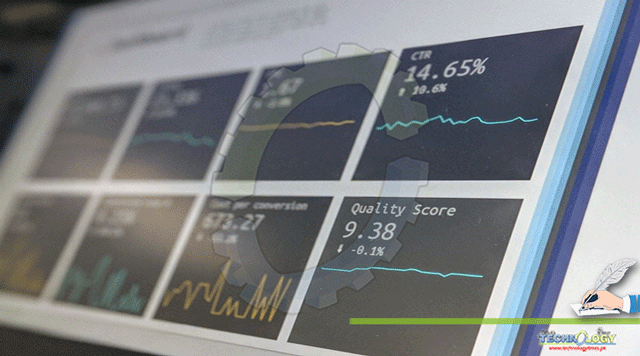Business today is more data-centric than ever. By understanding the capabilities of analytics and data services, organizations can master their workload and translate their insights into greater profit.

That’s why it’s important to emphasize proper data management with a proper data center structure. Understanding these software components can help a company of any size grasp algorithms while making sure that scalability and security remain paramount.
Understanding Your Data
Data emerges from events. An event is a change of state in key business systems, including transactions between customers and interactions with new applications along a supply chain. An event can carry important data sets for analytics, but these events will always trigger a real-time message. The event is the occurrence, and the message is the traveling notification relaying the occurrence. In a data centered architecture, an event triggers one or more actions or processes in response to the occurrence through multiple interfaces.
In data-centric architecture, the emphasis is on interactions between information and the data silos where this information is securely stored. With this application architecture, when an event notification is sent, the system captures it, acknowledging the change in state and awaiting replies to whoever requests it, whenever they request it. With a proper data center network, these events are safely set aside and then worked by analysts into clusters for a better understanding of the end results of certain business processes.
Data-Centric Architecture

Data-centric architecture, or data architecture, is a software design pattern that enables an organization to detect important business moments in real-time or close to it. This seeks to replace the traditional “request/response” architecture where services would have to wait for a reply before they could move on to other tasks in the technology architecture. The flow of a central data structure is designed to respond or carry out some action in response. This architecture is often referred to as “asynchronous”, meaning that the sender and the recipient don’t have to wait for each other to take on the next step.
There has been a movement from focusing on data at rest to real-time data. This architecture is designed to pull from all data repositories to ensure that data integrity remains paramount, and that proper flow is a priority in this mindset. This shift in data architecture means moving to an event-centric model for advancements in what can come from data sources. Event-driven architecture still emphasizes data, but the events and occurrences are highlighted more than the actual numbers and statistics. This gives a better assessment of the current state while working through big data.
What Data Architecture Can Do

Proper data center infrastructure is an important new technology for a business of any size to keep aware of its current data status. This architecture can break down into three parts: producer, consumer, and a broker. The broker can be optional if the communication is direct between a producer and consumer. There are multiple data sources sending out all types of events with one or more consumers interested in some or all of those events. Handling such a large amount of data requires an understanding of the types of components throughout a supply chain, and capabilities when it comes to permanent data storage.
For example, a grocery chain could use data silos to collect information on all of its stores across the U.S. In turn, those sales are then funneled through for fraudulent charges, garnering insight into what could be triggering these fraud efforts, as well as finding trustworthy and reliable data to back up those cases. For any business in any sector, embracing data architecture and computer science is crucial to adapting to the digital transformation. It’s best to explore the infrastructure that could best suit your connectivity and enterprise data capabilities.